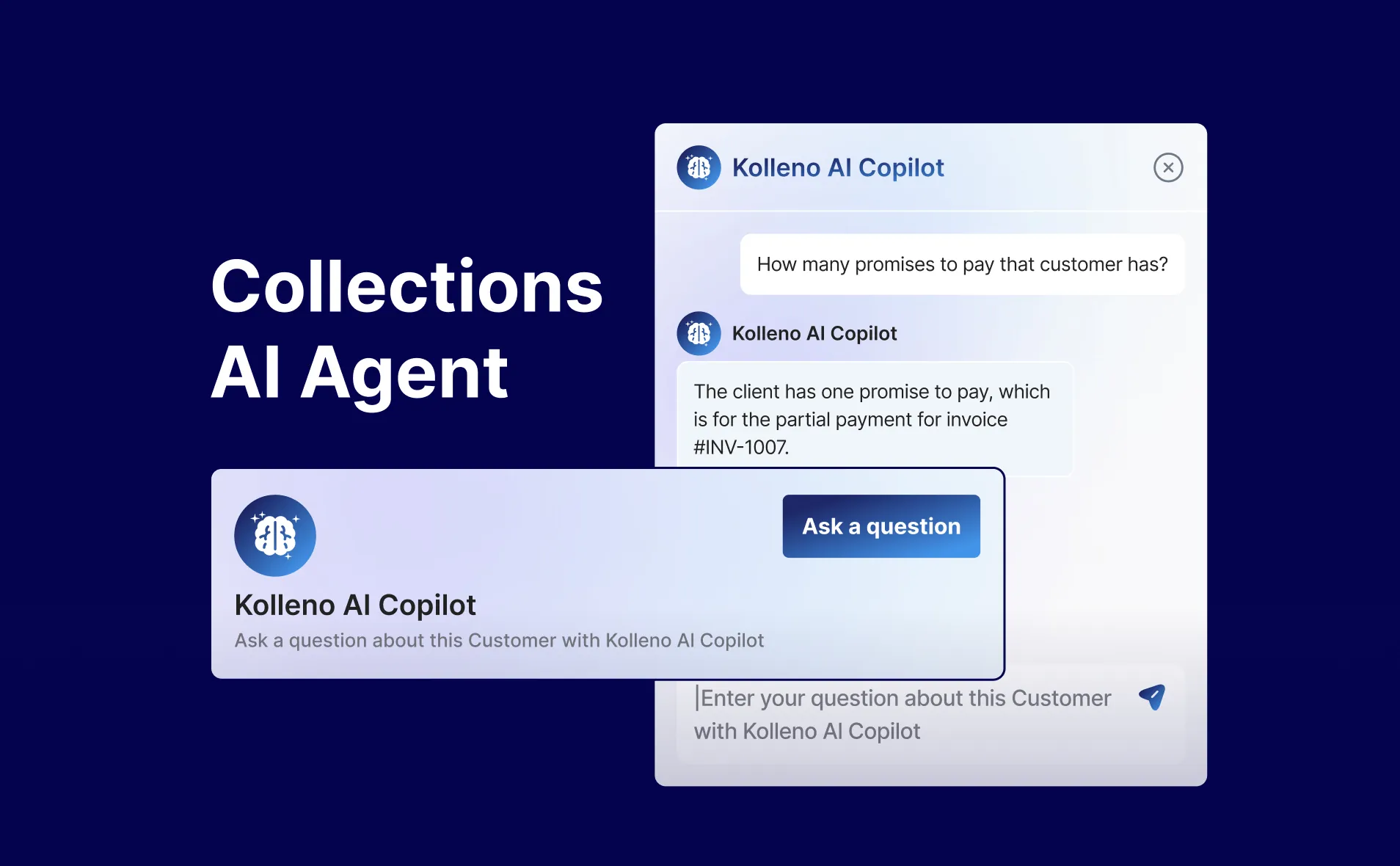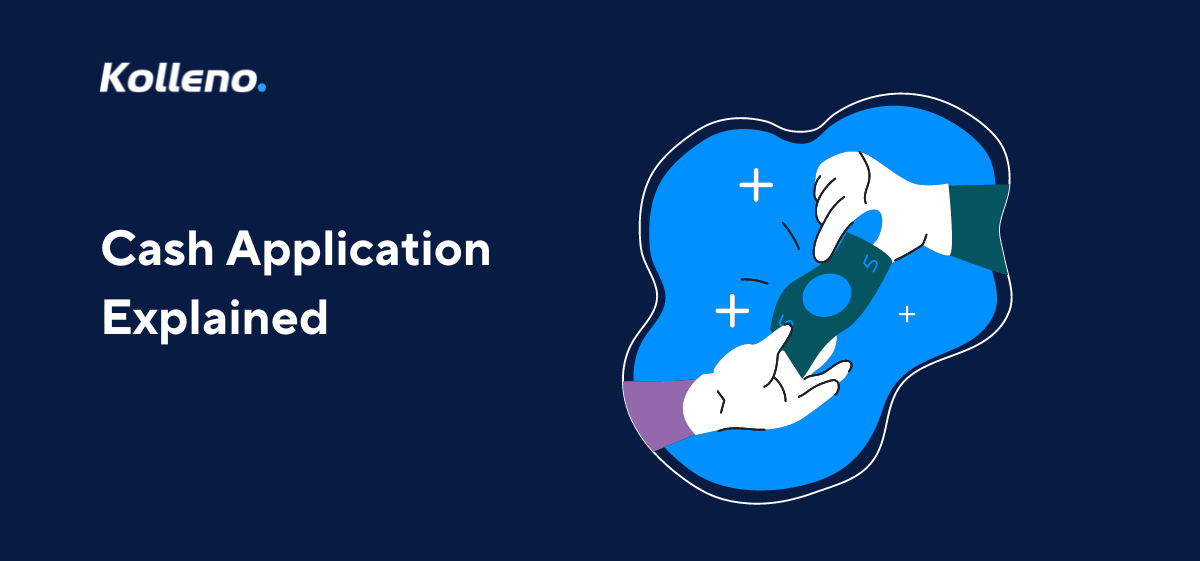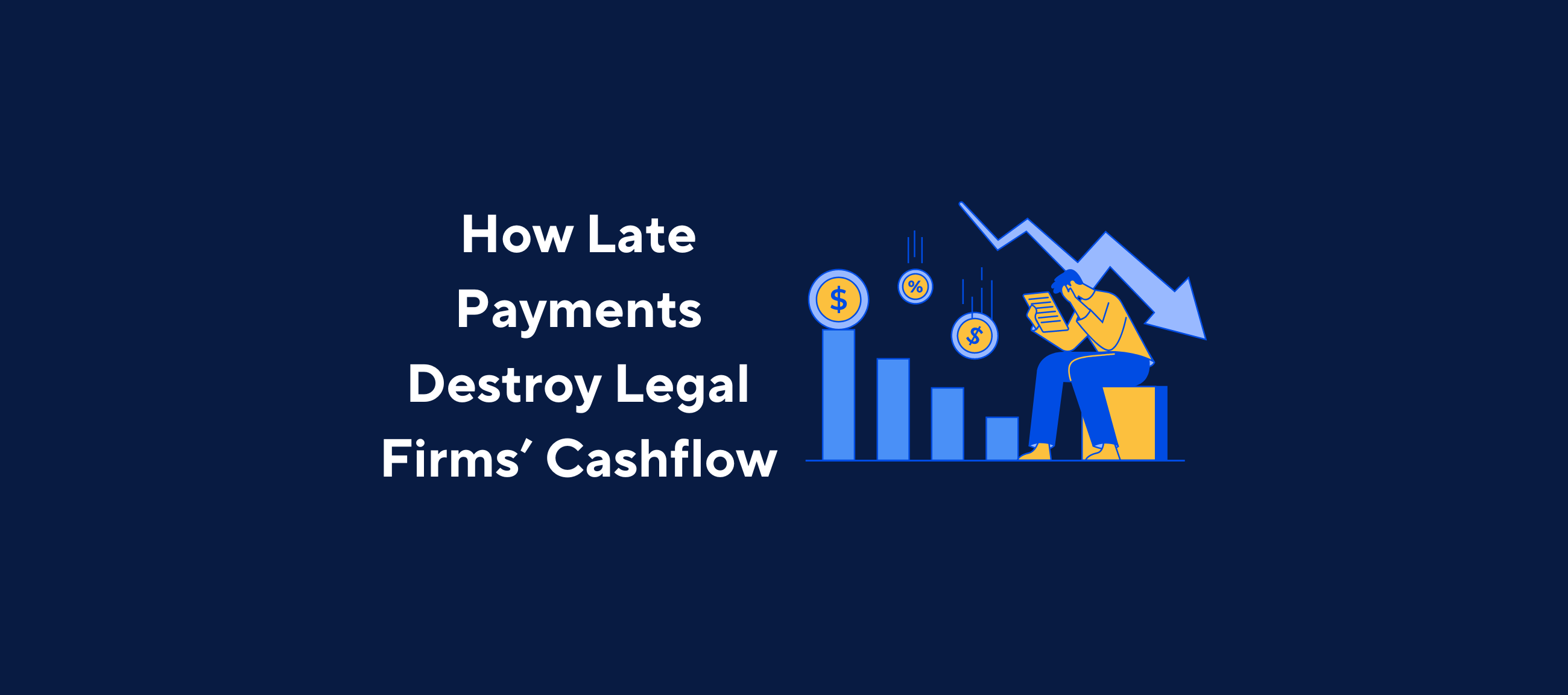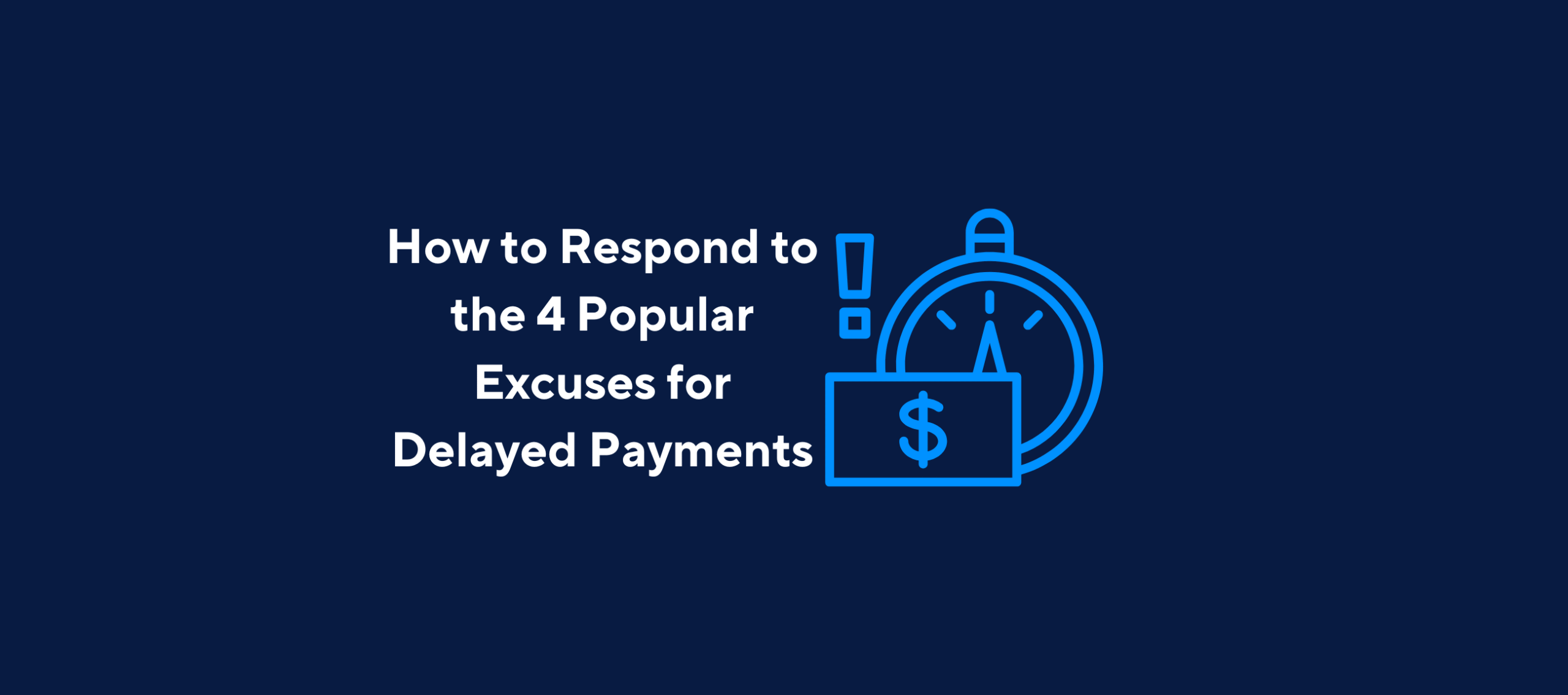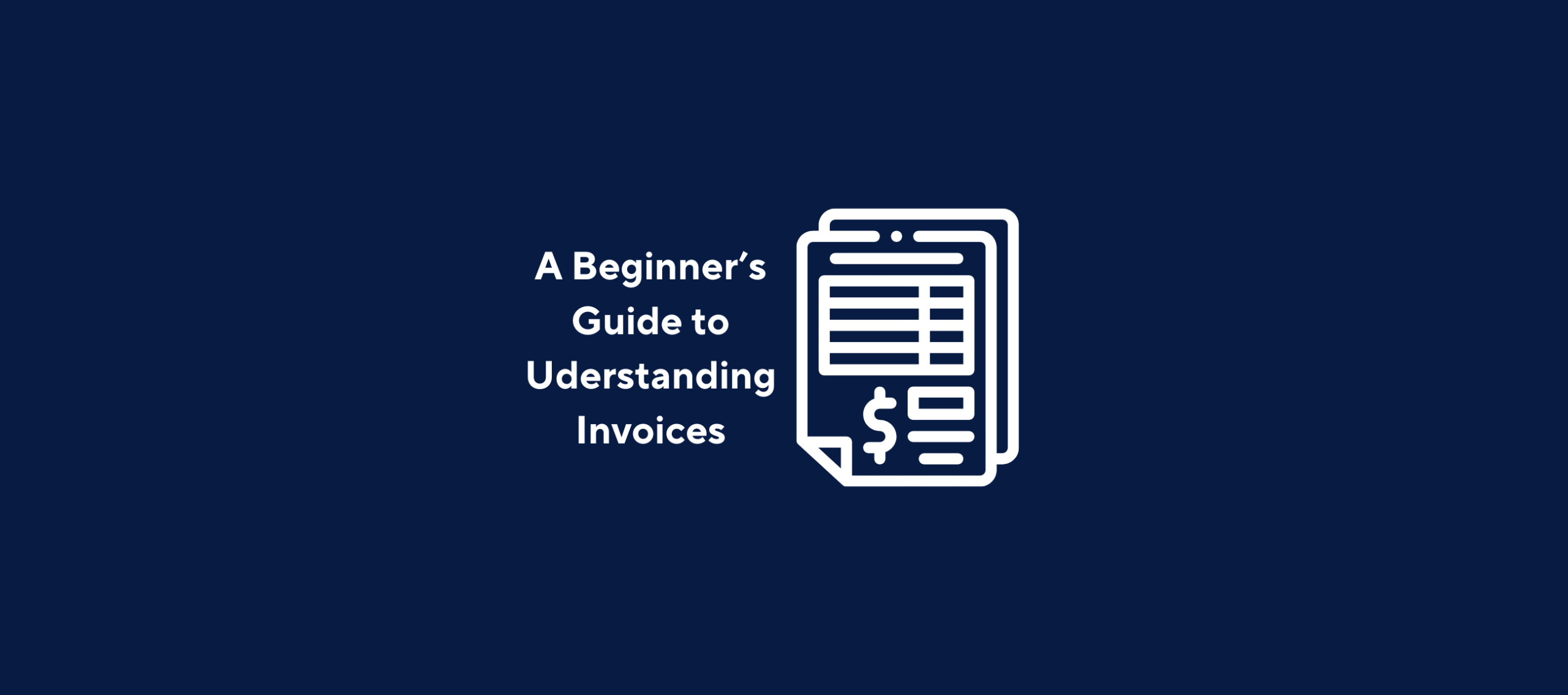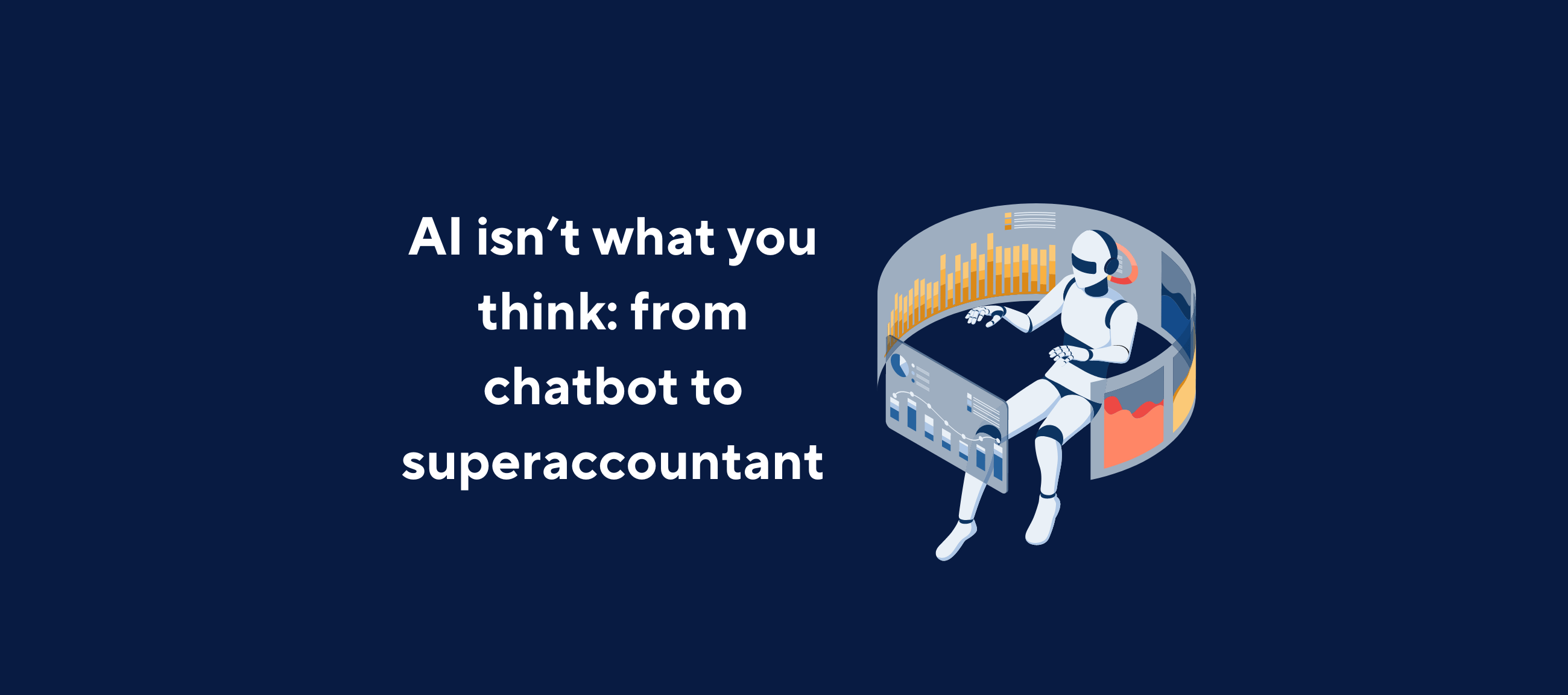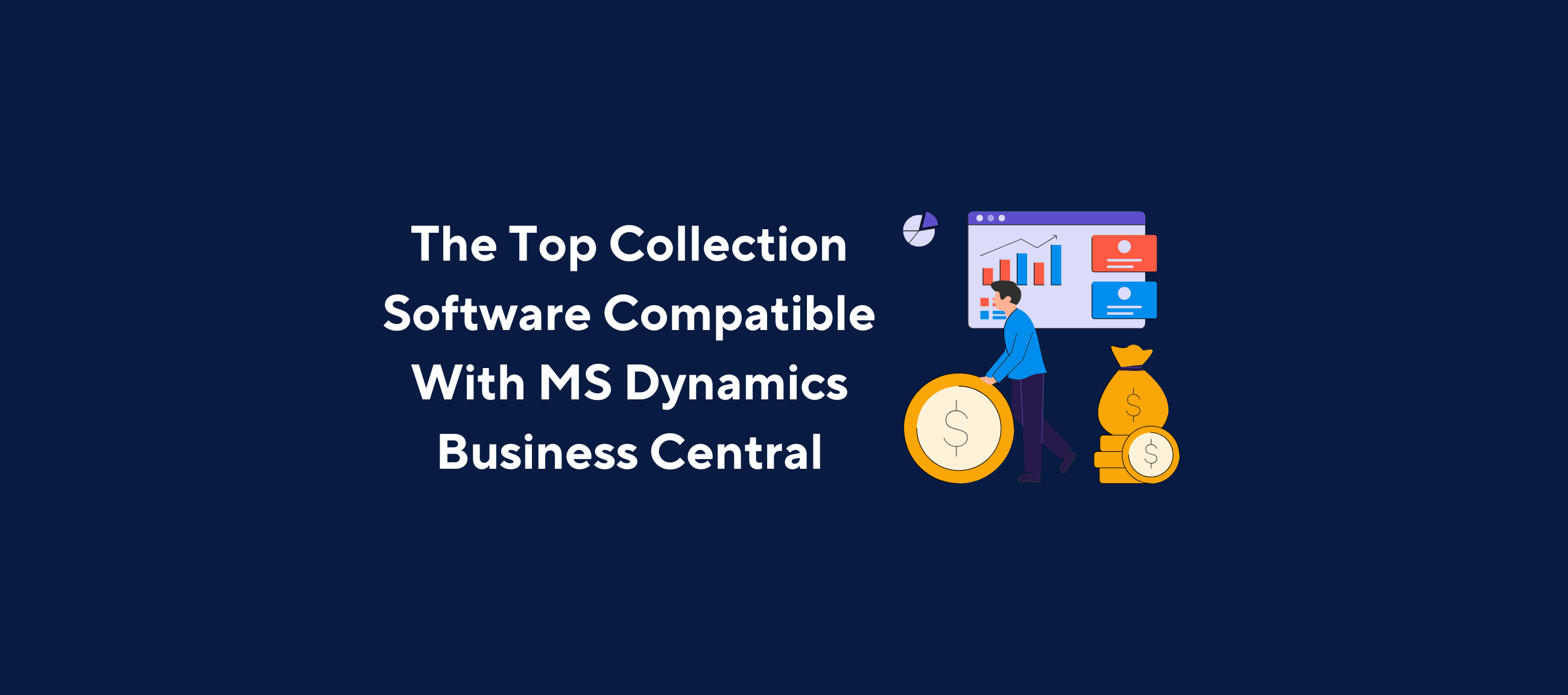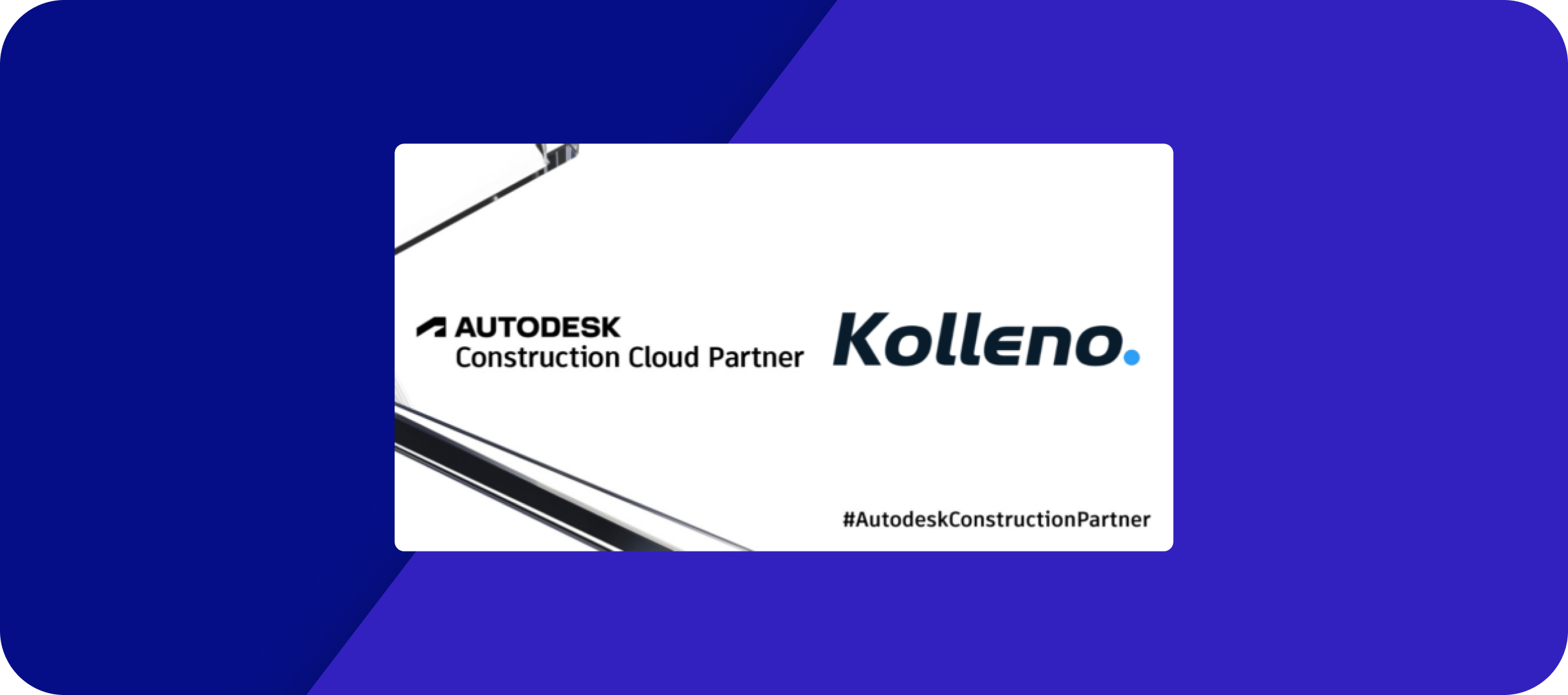Key Points
In the typical workflow of business-to-business commercial transactions, the delivery of products and/or services are completed prior to the processing of payments from customers. Thus, accounts receivable professionals within the company will need to perform a procedure known as cash application.
Cash application is an element of the accounts receivable process, whereby the procedure involves matching customers’ payments as well as remittance details with their relevant invoices.
Unless the money received from the customers has been applied to the company’s enterprise resource planning system, the funds received cannot be used for business development purposes or be distributed amongst the company’s shareholders.
In general, the cash application procedure appears straightforward in concept. However, its proper execution is often complex and prone to human errors if the company adopts a manual approach.
Corporations should consider adopting automated cash application systems that can be easily customised to reflect their business operations. Such tools may also provide the senior management team with insightful data to closely monitor the company’s cash flow and make better business decisions as a result.
Put simply, cash application is a matching system that cannot be overlooked by accounts receivable professionals if they hope to improve the company’s financial health. To address this need, Kolleno is a software extension connecting users to intelligent, innovative accounting software like Xero and QuickBooks to help businesses automate their cash application processes.
What is Cash Application?
In the complex world of finance and accounting, the cash application process plays a crucial role in maintaining healthy cash flow and accurate financial records.
It is the process of matching incoming payments from customers to previously outstanding invoices or accounts receivable. This vital function ensures that a company’s financial records are up-to-date and accurate, reflecting the true state of customer payments and outstanding balances.
As businesses grow and transaction volumes increase, the cash application process can become increasingly complex. From dealing with multiple payment methods to handling partial payments and deciphering cryptic remittance advice, the challenges are numerous. This complexity has led many organisations to seek more efficient solutions, moving from manual cash application processes to automated systems.
In this comprehensive guide, we’ll delve into the intricacies of the cash application process, explore the challenges faced by accounts receivable teams, and examine how modern solutions are transforming this critical financial function.
Understanding the Cash Application Process
The cash application process is a critical component of the accounts receivable cycle, playing a vital role in maintaining accurate financial records and ensuring healthy cash flow. Let’s break down this process step by step:
1. Receiving Payments
The process begins when a company receives payments from its customers. These can come in various forms:
- Electronic payments (e.g., ACH transfers, wire transfers)
- Credit card payments
- Checks
- Cash
Each payment method may have different processing times and information attached, which can affect the complexity of the cash application process.
2. Collecting Remittance Data
Alongside the payment, customers typically provide remittance advice. This crucial information details which invoices the payment is intended to cover. Remittance data can come in different formats:
- Electronic remittance advice
- Paper remittance slips
- Email notifications
- Portal uploads
The quality and completeness of this remittance information significantly impact the efficiency of the cash application process.
3. Matching Payments to Invoices
The cash application team must match each incoming payment to the corresponding invoices in the company’s accounting system. This step can be challenging due to several factors:
- Partial payments covering multiple invoices
- Payments without clear remittance information
- Short payments or overpayments
- Payments for invoices from multiple customer accounts
4. Handling Exceptions
Not all payments can be easily matched to invoices. Exceptions might include:
- Unidentified payments
- Payments with missing or incorrect remittance data
- Payments for non-existent invoices
These exceptions require manual intervention and investigation by the team.
5. Posting Payments
Once payments are correctly matched to invoices, they need to be posted to the appropriate customer accounts in the accounting system. This step updates the accounts receivable balances and marks invoices as paid or partially paid.
6. Reconciliation and Reporting
The final step involves reconciling the applied payments with bank statements and generating reports. This ensures all received payments have been correctly applied and helps identify any discrepancies.
Manual vs. Automated Cash Application
Traditionally, the cash application process was largely manual, with cash application specialists manually matching payments to invoices. However, as transaction volumes have grown, many companies have turned to automated solutions to improve efficiency and accuracy.
Automated cash application software uses advanced algorithms and sometimes artificial intelligence to:
- Extract remittance data from various sources
- Match payments to invoices automatically
- Handle exceptions more efficiently
- Reduce human error and processing time
Cash application automation significantly streamlines the process. However, human oversight is still crucial, especially for complex cases and exception handling.
By understanding each step of the cash application process, businesses can identify bottlenecks, implement improvements, and ultimately enhance their cash flow management and financial accuracy.
Best Practices for Efficient Cash Application
Whether your organisation is using a manual cash application process or has implemented automated cash application solutions, there are several best practices that can help optimise your cash application process and improve overall efficiency.
Standardise Your Process
Develop a standardised workflow for the entire cash application process. Create clear guidelines for handling different payment types and scenarios and establish a consistent method for dealing with exceptions.
Improve Communication with Customers
Educate customers on the importance of providing accurate and complete remittance information. Encourage electronic payments and remittance advice to reduce manual processing. Most importantly, set up a system for quickly addressing and resolving payment discrepancies.
Leverage Technology
Implement automated cash application software to handle high volumes of transactions. Use optical character recognition (OCR) technology to extract data from paper remittances and integrate your cash application system with your accounting software and ERP for seamless data flow.
Focus on Exception Management
Categorise and prioritise exceptions for more efficient handling. Develop strategies for common exception types to speed up resolution. Make sure to regularly analyse exception patterns to identify and address root causes.
Implement Continuous Training
Provide ongoing training for your cash application team on new technologies and best practices. Cross-train team members to ensure coverage and flexibility.
Regularly Review and Update Your Process
Conduct periodic audits of your cash application process to identify bottlenecks and inefficiencies. Stay informed about new technologies and industry trends in cash application. Be open to adjusting your process as your business grows and changes.
Emphasise Data Quality
Implement checks and balances to ensure the accuracy of customer and invoice data in your system. Remember to regularly clean and update your customer database to minimise matching errors.
Monitor Key Performance Indicators (KPIs)
Track relevant KPIs such as Days Sales Outstanding (DSO), percentage of auto-matched payments, and exception rates. Use these metrics to identify areas for improvement and measure the success of process changes.
Streamline the Order-to-Cash Cycle
Look beyond just the cash application process and consider how to optimise the entire order-to-cash cycle. Ensure smooth integration between sales, billing, and accounts receivable processes.
Leverage Artificial Intelligence and Machine Learning
For those using automated solutions, take advantage of AI and machine learning capabilities to improve matching accuracy over time. Use predictive analytics to forecast cash flow and identify potential payment issues before they occur.
Prioritise Security and Compliance
Ensure your cash application process, whether manual or automated, complies with relevant financial regulations. Implement robust security measures to protect sensitive financial data, especially when dealing with electronic payments.
By implementing these best practices, organisations can significantly improve their cash application process, leading to faster cash flow, reduced DSO, improved accuracy in financial reporting, and better overall financial health. Remember, the most effective cash application process is one that is continually reviewed, refined, and adapted to meet the changing needs of your business and customers.
The Future of Cash Application: Emerging Technologies and Trends
As businesses continue to evolve and adapt to changing market conditions, the cash application process is also undergoing significant transformations. Let’s explore some of the emerging technologies and trends that are shaping the future of cash application.
1. Advanced Artificial Intelligence and Machine Learning
While AI and machine learning are already being used in automated cash application solutions, their capabilities are continually expanding:
- Predictive Matching: AI algorithms will become increasingly adept at predicting correct invoice matches, even with minimal or ambiguous remittance data.
- Anomaly Detection: Machine learning models will better identify unusual payment patterns or potential fraud, enhancing security in the cash application process.
- Continuous Learning: Systems will adapt and improve their matching accuracy over time based on historical data and user corrections.
2. Robotic Process Automation (RPA)
RPA is set to play a larger role in cash application:
- Task Automation: Bots will handle repetitive tasks like data entry, freeing up cash application specialists for more strategic work.
- 24/7 Processing: RPA can enable round-the-clock cash application, improving efficiency and reducing processing backlogs.
3. Blockchain and Cryptocurrencies
As digital currencies gain wider acceptance, cash application processes will need to adapt:
- Cryptocurrency Payments: Systems will need to handle and reconcile payments made in various cryptocurrencies.
- Blockchain for Transparency: Blockchain technology could provide a transparent, immutable record of transactions, simplifying the reconciliation process.
4. Real-Time Payments and Instant Reconciliation
The move towards real-time payment systems will impact cash application:
- Instant Matching: As payments are received in real-time, cash application systems will need to match and post them instantly.
- Continuous Cash Flow Updates: Real-time processing will provide up-to-the-minute cash flow information, enhancing financial decision-making.
5. Enhanced Data Analytics
Advanced analytics will provide deeper insights into the cash application process:
- Predictive Analytics: Forecasting tools will help anticipate cash flow trends and potential payment issues.
- Performance Optimisation: Analytics will identify inefficiencies in the process, suggesting improvements and optimisations.
6. Cloud-Based Solutions and Integration
Cloud technology will continue to transform cash application:
- Scalability: Cloud-based solutions will offer greater scalability to handle growing transaction volumes.
- Integration: Seamless integration with other financial systems will create a more holistic view of the order-to-cash cycle.
7. Mobile and Voice-Activated Interfaces
New interfaces will make cash application more accessible:
- Mobile Cash Application: Managers could review and approve exceptions on-the-go using mobile devices.
- Voice-Activated Reporting: Voice commands could be used to generate cash application reports or check payment statuses.
8. Augmented Reality (AR) for Visualisation
While still in its early stages, AR could revolutionise how we interact with financial data:
- Data Visualisation: AR could provide 3D visualisations of cash flow and payment trends, making complex data more understandable.
- Interactive Dashboards: AR interfaces could allow for more intuitive interaction with cash application data and controls.
9. Enhanced Customer Self-Service Portals
Customer involvement in the cash application process will increase:
- Real-Time Payment Allocation: Customers could allocate their payments to specific invoices in real-time through self-service portals.
- Automated Discrepancy Resolution: Portals could automatically identify and resolve simple discrepancies, reducing the workload on cash application teams.
10. Regulatory Technology (RegTech)
As financial regulations evolve, so too will the technology to ensure compliance:
- Automated Compliance Checks: RegTech solutions will automatically ensure that cash application processes comply with relevant regulations.
- Audit Trails: Advanced systems will maintain detailed, tamper-proof audit trails of all cash application activities.
The future of cash application is bright, with technology promising to make the process faster, more accurate, and more insightful. However, as these technologies emerge, it will be crucial for businesses to stay informed, adapt their processes, and ensure their cash application teams are trained to leverage these new tools effectively. The organisations that successfully navigate these changes will be well-positioned to optimise their cash flow, reduce DSO, and gain a competitive edge in their financial operations.
The Strategic Importance of Cash Application in Financial Management
While often viewed as a back-office function, cash application plays a crucial role in a company’s overall financial health and strategy. Let’s explore how an efficient cash application process contributes to broader financial goals and business success.
1. Improving Cash Flow Management
Efficient cash application directly impacts a company’s cash flow:
- Faster Cash Conversion: By quickly applying incoming payments to the correct invoices, businesses can reduce the time between sale and cash availability.
- Accurate Cash Forecasting: Timely and accurate cash application provides real-time data for more precise cash flow forecasting.
- Working Capital Optimisation: By reducing unapplied cash and resolving discrepancies quickly, companies can optimise their working capital.
2. Enhancing Financial Reporting and Decision Making
Accurate cash application is crucial for reliable financial reporting:
- Real-Time Financial Status: Up-to-date cash application allows for real-time visibility into the company’s financial position.
- Informed Decision Making: Accurate accounts receivable data supports better-informed financial decisions, from investment choices to credit policies.
3. Reducing Days Sales Outstanding (DSO)
Efficient cash application is key to managing DSO:
- Quicker Invoice Closure: By applying payments promptly, invoices are closed faster, directly reducing DSO.
- Identifying Payment Trends: Analysis of cash application data can reveal payment trends, allowing for proactive measures to address slow-paying customers.
4. Improving Customer Relationships
The cash application process can significantly impact customer satisfaction:
- Accurate Account Statements: Timely cash application ensures customer account statements are always up-to-date.
- Reduced Billing Disputes: Accurate payment application minimises billing errors and customer disputes.
- Streamlined Collections: When payments are applied correctly, the collections process becomes more straightforward and less confrontational.
5. Supporting Regulatory Compliance
Proper cash application is essential for maintaining regulatory compliance:
- Audit Readiness: An efficient, well-documented cash application process supports smoother audits.
- Financial Accuracy: Accurate cash application contributes to the overall accuracy of financial statements, a key requirement for many regulations.
6. Driving Operational Efficiency
Optimising cash application can lead to broader operational improvements:
- Resource Allocation: By automating routine tasks, finance teams can focus on more strategic activities.
- Process Integration: Efficient cash application often leads to better integration between different financial processes, improving overall operational efficiency.
7. Supporting Growth and Scalability
An effective cash application process is crucial for managing growth:
- Handling Increased Volume: As businesses grow, an efficient cash application process can handle increased transaction volumes without proportional increases in resources.
- Supporting New Business Models: Flexible cash application processes can adapt to new payment methods or business models as companies expand.
8. Enhancing Risk Management
- Credit Risk Assessment: Timely cash application provides up-to-date information on customer payment behaviours, informing credit risk assessments.
- Fraud Detection: Efficient cash application processes can help identify unusual payment patterns that may indicate fraudulent activity.
9. Improving Financial Planning and Analysis (FP&A)
Accurate cash application data supports FP&A activities:
- Trend Analysis: Historical cash application data can reveal trends in customer payment behaviors and overall cash flow patterns.
- Performance Metrics: Cash application efficiency can serve as a key performance indicator for the accounts receivable function.
10. Enhancing Stakeholder Confidence
Efficient cash application contributes to stakeholder trust:
- Investor Confidence: Accurate financial reporting, supported by efficient cash application, can enhance investor confidence.
- Creditor Trust: Timely cash application and accurate accounts receivable data can improve relationships with creditors and potentially lead to better terms.
By recognising the strategic importance of cash application, businesses can elevate this function from a routine task to a key driver of financial health and business success. Investing in optimising the cash application process—whether through improved manual processes, automation, or a combination of both—can yield significant returns across multiple areas of the business. As companies navigate increasingly complex financial landscapes, an efficient and accurate cash application process will continue to be a crucial foundation for sound financial management and strategic growth.
Embracing the Future of Cash Application
As we’ve explored throughout this article, cash application is far more than just a back-office function—it’s a critical process that impacts nearly every aspect of a company’s financial health. From improving cash flow and reducing DSO to enhancing customer relationships and supporting strategic decision-making, efficient cash application is the cornerstone of sound financial management.
This process has evolved significantly in recent years, driven by technological advancements and changing business needs. Manual cash application processes, while still prevalent in many organisations, are increasingly giving way to automated solutions that offer greater speed, accuracy, and scalability.
Looking to automate your cash application processes with ease? Look no further. Book a demo to see how Kolleno’s industry-leading cash application automation works.
- Key Points
- What is Cash Application?
- Understanding the Cash Application Process
- Manual vs. Automated Cash Application
- Best Practices for Efficient Cash Application
- Standardise Your Process
- Improve Communication with Customers
- Leverage Technology
- Focus on Exception Management
- Implement Continuous Training
- Regularly Review and Update Your Process
- Emphasise Data Quality
- Monitor Key Performance Indicators (KPIs)
- Streamline the Order-to-Cash Cycle
- Leverage Artificial Intelligence and Machine Learning
- Prioritise Security and Compliance
- The Future of Cash Application: Emerging Technologies and Trends
- 1. Advanced Artificial Intelligence and Machine Learning
- 2. Robotic Process Automation (RPA)
- 3. Blockchain and Cryptocurrencies
- 4. Real-Time Payments and Instant Reconciliation
- 5. Enhanced Data Analytics
- 6. Cloud-Based Solutions and Integration
- 7. Mobile and Voice-Activated Interfaces
- 8. Augmented Reality (AR) for Visualisation
- 9. Enhanced Customer Self-Service Portals
- 10. Regulatory Technology (RegTech)
- The Strategic Importance of Cash Application in Financial Management
- 1. Improving Cash Flow Management
- 2. Enhancing Financial Reporting and Decision Making
- 3. Reducing Days Sales Outstanding (DSO)
- 4. Improving Customer Relationships
- 5. Supporting Regulatory Compliance
- 6. Driving Operational Efficiency
- 7. Supporting Growth and Scalability
- 8. Enhancing Risk Management
- 9. Improving Financial Planning and Analysis (FP&A)
- 10. Enhancing Stakeholder Confidence
- Embracing the Future of Cash Application
